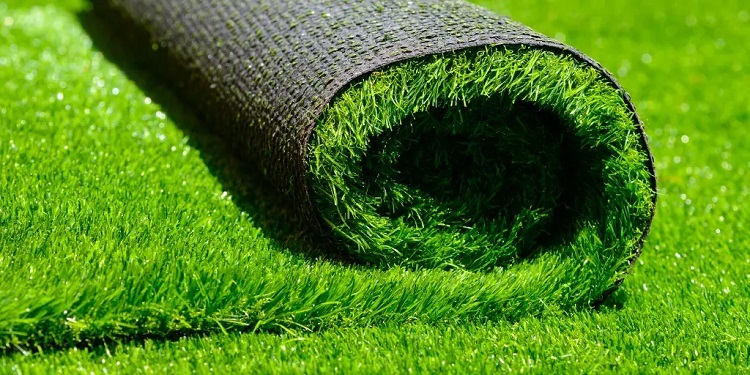Maintaining a lush green lawn is a hallmark of many households, but the decision between artificial turf and natural grass is not always straightforward. Both hasspecialpaybacks& considerations that houseowners must know. In this writing, we look into the factors to consider when choosing between artificial turf & a natural lawn. If you’re searching for pros to install Artificial turf North Las Vegas, then follow this link & visit Battle Born Turf today!
Table of Contents
Upfront Costs:
Artificial turf typically requires a higher initial investment than natural grass. The cost of materials, installation, & labor for artificial turf can be substantial, particularly for larger areas. In contrast, establishing a natural lawn from seed or sod may be more cost-effective initially, although ongoing maintenance expenses should also be considered.
Care Requirements:
Mock turf is frequently touted as a low-upkeepsubstitute to organic grass. While it does not require mowing, watering, or fertilizing, artificial turf still requires regular cleaning to remove debris, leaves, and pet waste. Also, periodic brushing & grooming may be important to maintain its appearance and prevent matting. Natural lawns, on the other hand, require regular mowing, watering, fertilizing, and weed control to keep them healthy and vibrant.
Longevity:
Artificial turf is known for its durability and resilience, making it an attractive option for high-traffic areas or regions with harsh climates. Quality artificial turf can withstand heavy use without showing signs of wear and tear, making it a long-lasting investment. In contrast, natural lawns may be more susceptible to damage from foot traffic, pets, pests, and inclement weather, requiring frequent repairs and reseeding to maintain their appearance.
Aesthetics & Authenticity:
One of the main considerations when choosing between artificial turf and natural grass is the aesthetic appeal and authenticity of each option. While artificial turf has come a long way in terms of appearance and texture, some homeowners may prefer the natural look and feel of a lush green lawn. Factors such as colour, texture, and scent play a role in creating a welcoming outdoor space that enhances the overall curb appeal of your home.
Natural Impact:
When comparing artificial turf to natural grass, it’s essential to consider the environmental implications of each option. While artificial turf conserves water and eliminates the need for pesticides and fertilizers, it is made from non-biodegradable materials and may contribute to urban heat islands. Natural lawns, on the other hand, help mitigate climate change by absorbing carbon dioxide, promoting biodiversity, and reducing soil erosion. Additionally, natural grass provides habitat for insects, birds, and other wildlife essential for ecosystem health.
Usage & Lifestyle:
Study on how you intend to use your outdoor space and your lifestyle preferences when deciding between artificial turf and natural grass. If you have children or pets who enjoy playing outdoors, artificial turf may offer a more durable and low-maintenance option. However, if you enjoy gardening, barefoot walks on soft grass, or the scent of freshly cut lawn, natural grass may be the preferred choice.
In summary, a number of considerations, such as up-front expenses, care needs, durability, aesthetics, environmental impact, and lifestyle preferences, come into play when deciding between artificial turf and natural lawn. You may choose wisely and improve the aesthetics and use of your outdoor area by carefully evaluating these factors and determining what matters most to you. Whether you choose the classic beauty of a natural grass or the ease of artificial turf, the important thing is to create a warm and inviting outdoor space that embodies your tastes and principles.










